Is My Cat Happy? The Ultimate Guide to Understanding Your Cat’s Mental Health

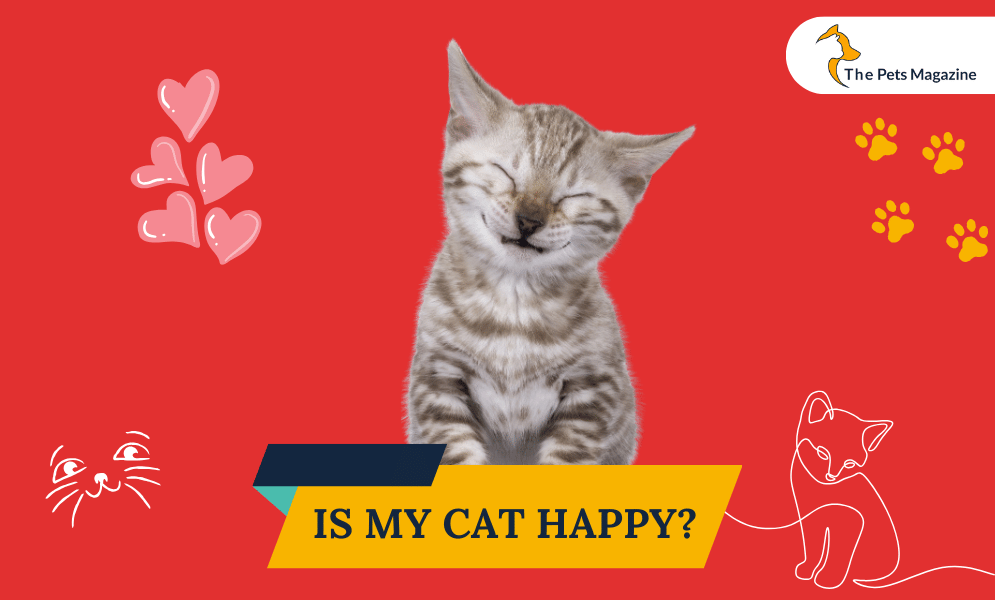
In their own mischievous ways, cats bring us a lot of joy and happiness. But have you ever looked at them while they are lost in their world and had this thought, “Is my cat happy?” Worrying about what your cat is feeling or thinking at a given moment is normal. It is because, unlike dogs, cats are very good at hiding their feelings, particularly when they are upset or sick.
But cats are complex creatures, and while they may not be as expressive as our dogs, they have their subtle way of letting you know what they are going through. In this article, we will help you find out the answer to “Is my cat happy?” by providing essential insight into cat behavior and body language. Let’s get started!
What Are the Signs of a Happy Cat?
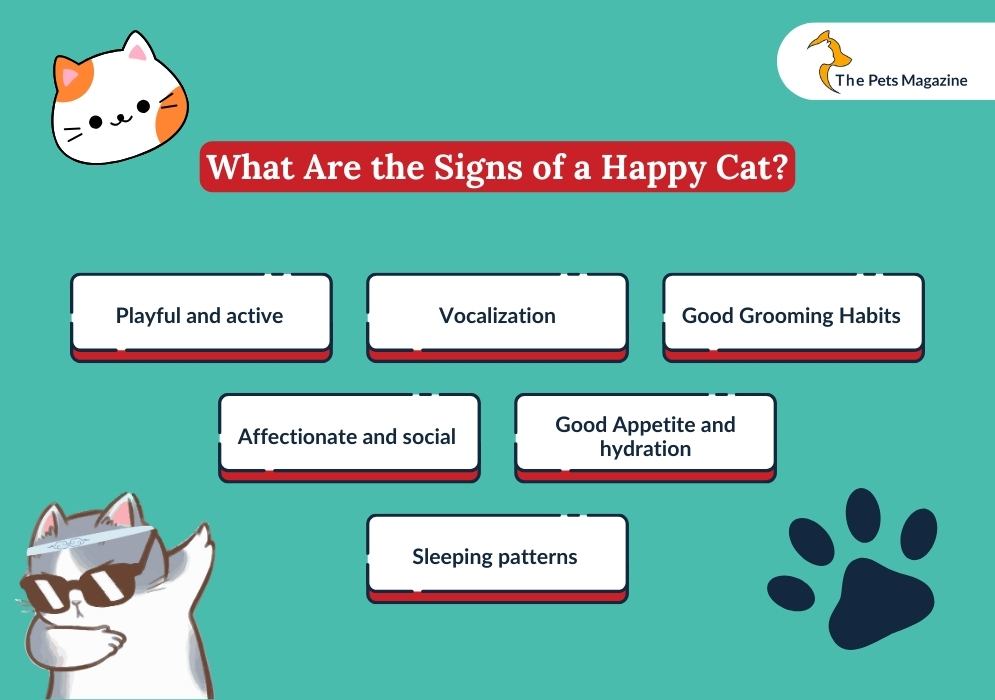
Do you know when cats feel happy or content, they express it through a range of body language and behavior traits?
Here are some of the telltale signs that will tell you to have a happy and content kitty at home:
Playful and active
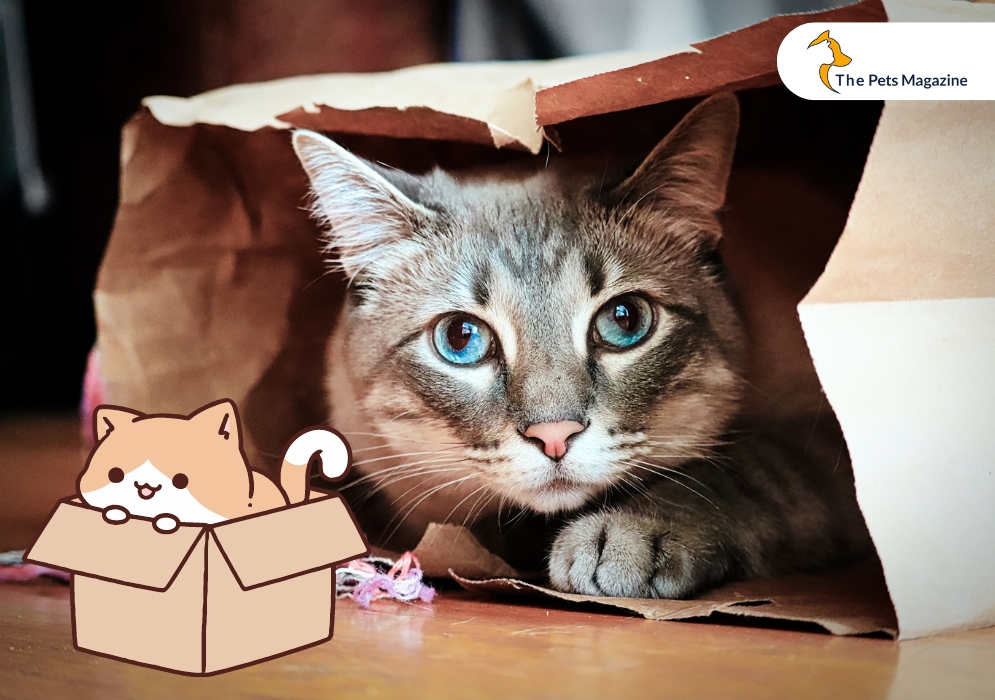
A content cat will engage in playful activities with other cats and humans. You may see them chasing a laser light pointer around the house, batting around a stuffed toy or toys resembling prey, like wand toys. This is a sign that you have a happy and energetic cat.
Vocalization
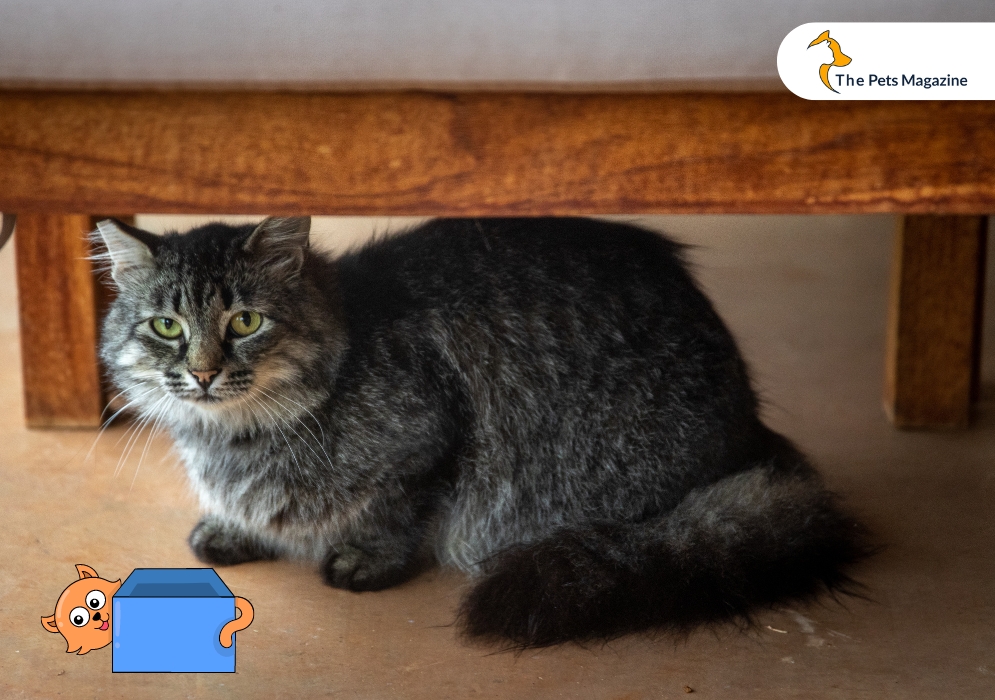
If you see your cat communicate with you through soft meows, purrs, or high-pitched chirps and trills, it means you have a happy cat at home. You may have wondered sometimes why do cats purr and what it means. Well, the answer is the low-pitched purr is the most well-recognized sign of contentment in cats.
It suggests that your cat is feeling relaxed and happy. High-pitched chirps and trills are most often associated with excitement and happiness. For instance, you may hear your cat making this sound when you return home from work.
Good Grooming Habits
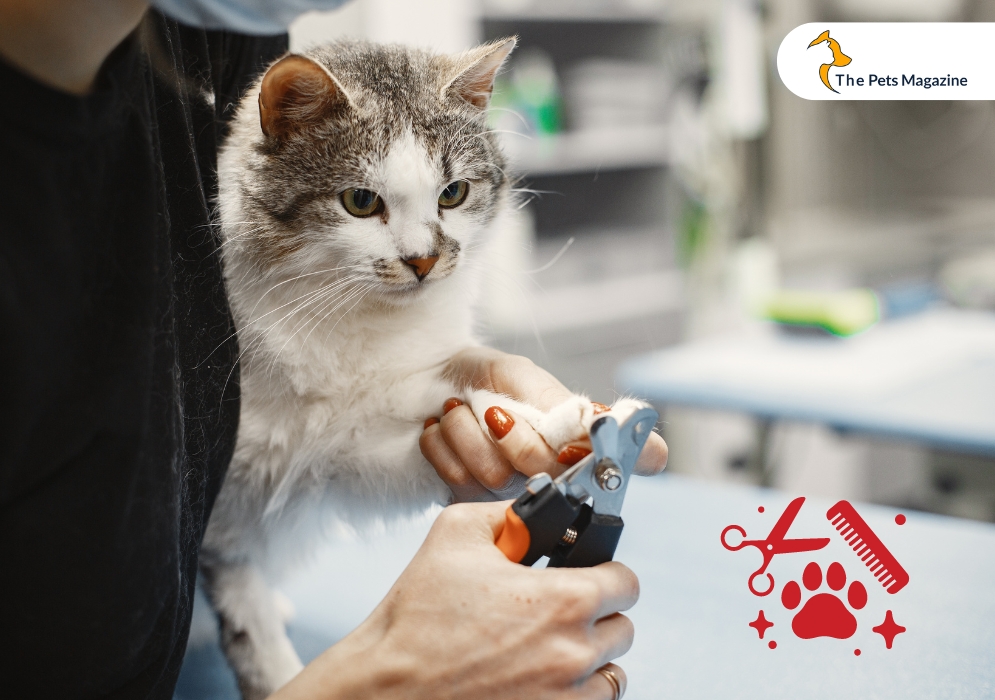
A happy cat is also a well-groomed cat. If you have a cat with a well-kept coat that grooms itself regularly, then it means they are happy and content enough to take care of themselves. It is also a self-soothing activity that helps them to relax.
Good Appetite and Hydration
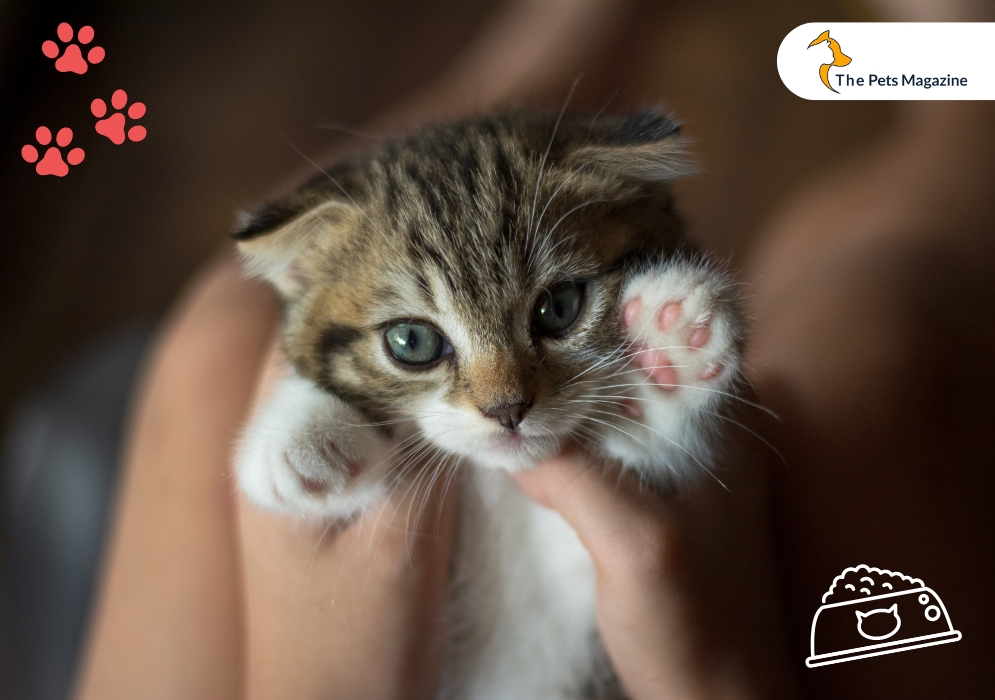
A cat with a healthy appetite and proper hydration levels is generally a happy one. Not only that, but it is also a good indicator of overall well-being. So, if you have a cat meowing at you loudly and asking for you to feed them by pointing at their bowl, then take it as a good sign. It means you have a healthy and content cat.
Affectionate and Social
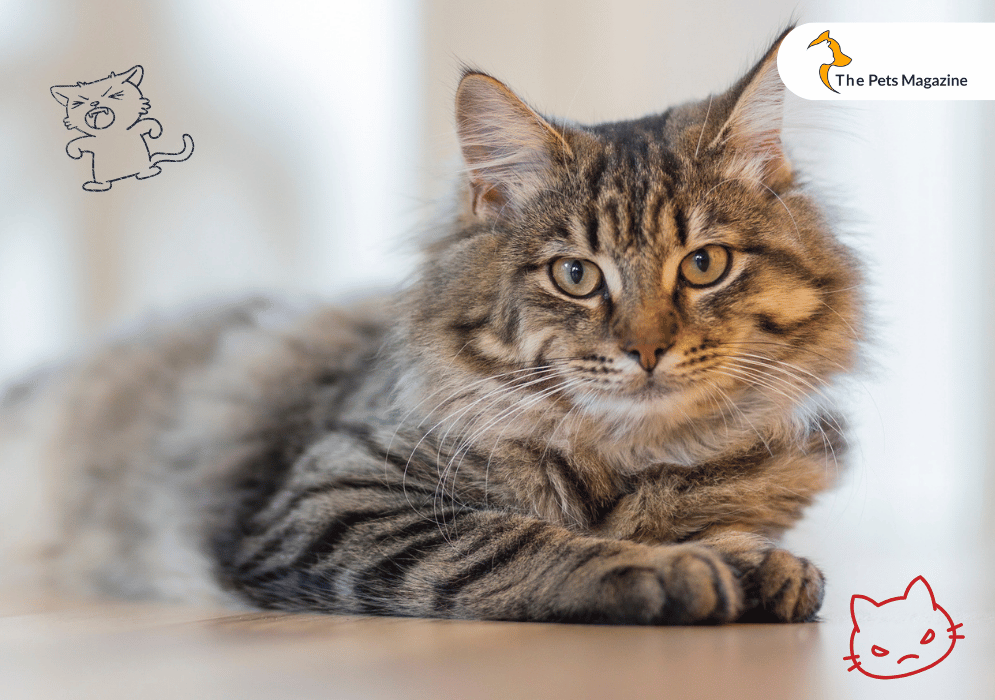
If your cat is constantly seeking out your company to cuddle with you, headbutt you, knead on you, and rub against you, then consider yourself lucky. It means you share a strong bond with your cat, and your cat knows it, too. As a result, it feels secure, confident, and content in its home environment and around you.
Sleeping Patterns
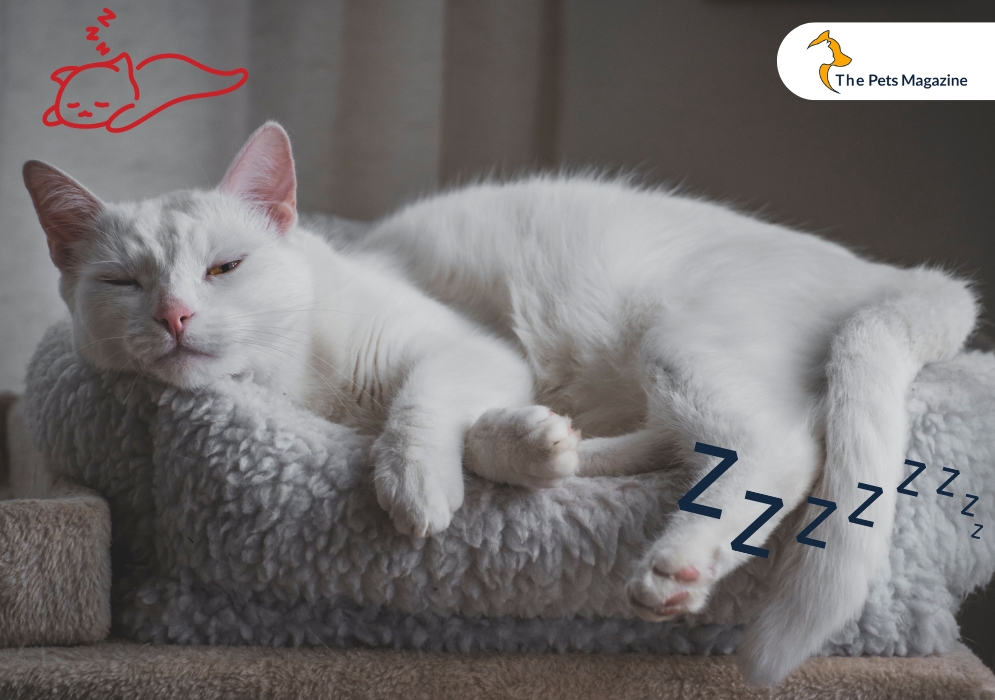
On average, all cats sleep around 12-16 hours a day. However, their sleeping pattern and who they sleep with determine if a cat is happy. If your cat is sleeping in a relaxed position, such as on their back with their belly exposed or curled up comfortably on you, it means they feel secure and content. This is also true if you notice that your cat likes to sleep on or near you or other animals.
So, you have the answer to ‘how to know if my cat is happy.’ But simultaneously, you should remember that every cat is unique and has varying personalities. As a result, they may prefer to show their happiness or emotions in different ways. Some cats have a friendly temperament and can easily express their emotions.
On the other hand, some cats are shy and rarely show what they feel. However, observing your cat’s behavior over time will help you better understand their quirks and preferences.
What Are the Signs of an Unhappy Cat?
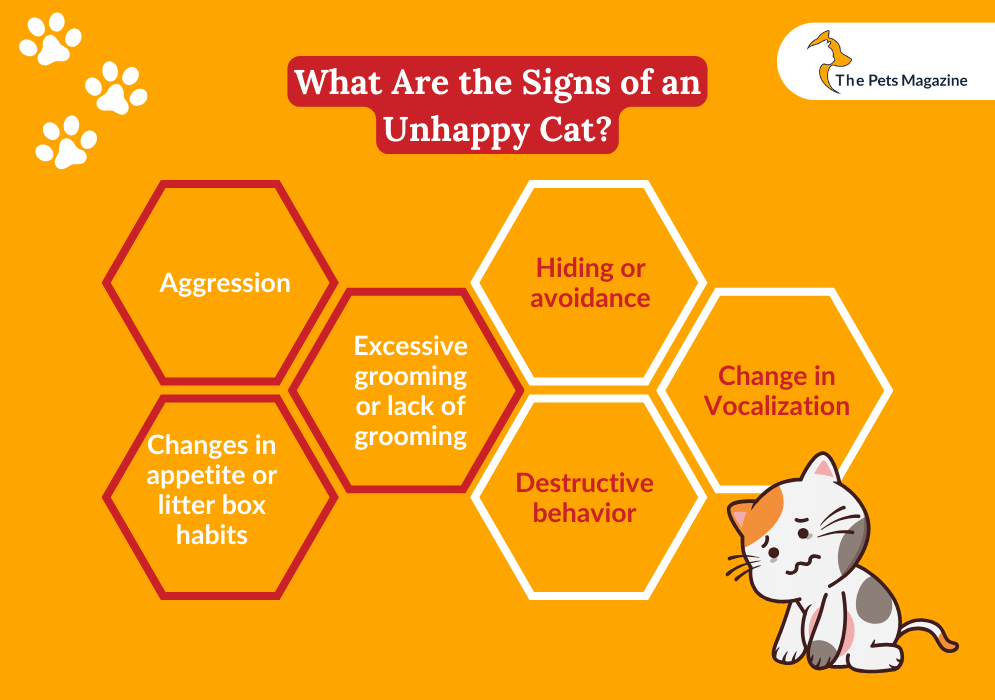
Just like there are some telltale signs that will help you to get the answer to the question, “Is my cat happy,” there are some signs that will enable you to understand if your cat is unhappy or stressed. Here are the signs you should watch out for:
Aggression: A cat that hisses, swats, or bites may be experiencing stress, fear, or discomfort. So, if you are wondering why does my cat bite me, then it might be because your cat is stressed.
Excessive grooming or lack of grooming: Overgrooming or neglecting grooming habits can indicate anxiety or discomfort.
Changes in appetite or litter box habits: A decrease or increase in appetite, and changes in litter box habits, can signal underlying health or emotional issues.
Hiding or avoidance: A cat that spends excessive time hiding or avoiding social interaction may be experiencing stress or fear. Some other signs of stress in cats include tense bodies, dilated pupils, excessive scratching, or scratching in a new place.
Change in Vocalization: Excessive meowing, yowling, or growling can be a sign of distress or discomfort.
Destructive behavior: Scratching furniture, knocking over objects, or other destructive behaviors may indicate boredom, stress, or a lack of environmental enrichment.
If you notice any of these signs, you must find the underlying cause immediately. It will help prevent further distress for your cat and even potential health issues like digestive issues, skin issues and UTIs in cats.
How To Make My Cat Happy?
Now that you know about the signs of a happy and unhappy cat, you probably also want to learn how to make your cat happy. One way to ensure that you have a happy and content feline friend is by providing them with a stable, secure, and enriching environment. Here is how you can do it:
- Vertical space: Cats love to climb and perch, so they provide vertical scratching posts, cat trees, and shelves to satisfy their natural instincts.
- Hiding spots: Offer cozy hiding spots, such as cardboard boxes, cat tunnels, or covered beds, where your cat can retreat and feel secure.
- Interactive toys: Rotate interactive toys, such as puzzle feeders, wand toys, and treat balls, to keep your cat mentally stimulated and engaged.
- Cat-safe plants: Introduce cat-safe plants, like catnip, wheat grass, or cat thyme, to provide a sensory experience and encourage natural behaviors. At the same time, you should also find out if any plants, such as money plants are toxic to cats.
- Window perches: Set up window perches or bird feeders outside the window to allow your cat to safely observe and engage with the outdoor world.
Remember to experiment with different mental enrichment options for cats and carefully observe your feline friend’s reactions to find out what works best for them.
Along with a secure and enriching environment, regular playtime and exercise are also essential for a cat’s mental well-being. It forms a crucial part of overall cat care. It is because regular playtime not only provides mental stimulation and an outlet for natural hunting behaviors but also helps maintain a healthy weight.
Final Thoughts
Cats are enigmatic creatures, and decoding their emotional state is challenging. However, it is not completely impossible. By being patient and keenly observing their body language and behavioral traits, you can gain insights into their emotional state, which in turn will help you to make informed decisions about their overall well-being.
But remember, every cat is different, and so what makes one purr with delight may stress out another. So, you need to have a very good understanding of your cat’s personality and create an environment that caters to their specific needs.
Remember, a happy cat is one that feels safe, loved, and content in its surroundings. If you can provide your cat with such an environment and cater to its physical needs, you are well on your way to having a happy cat.


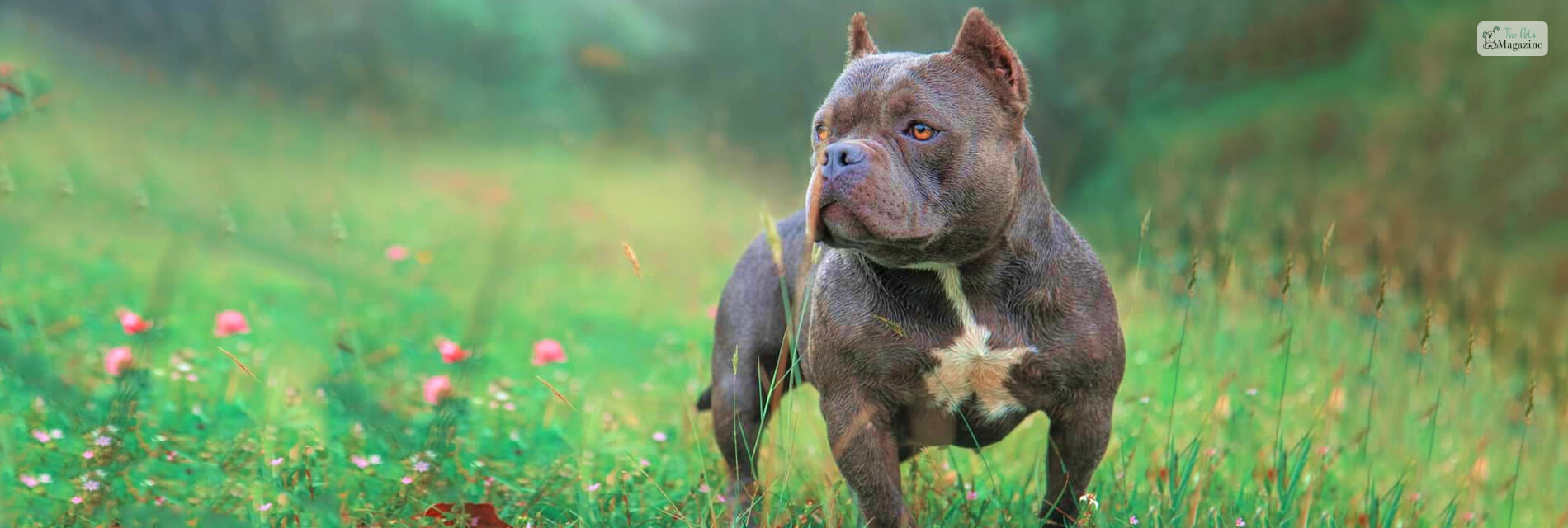


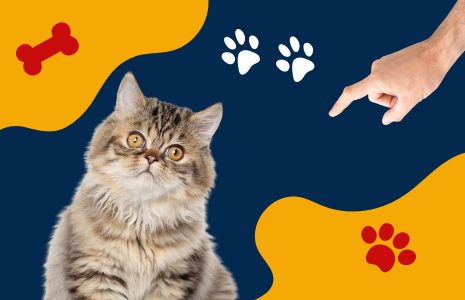
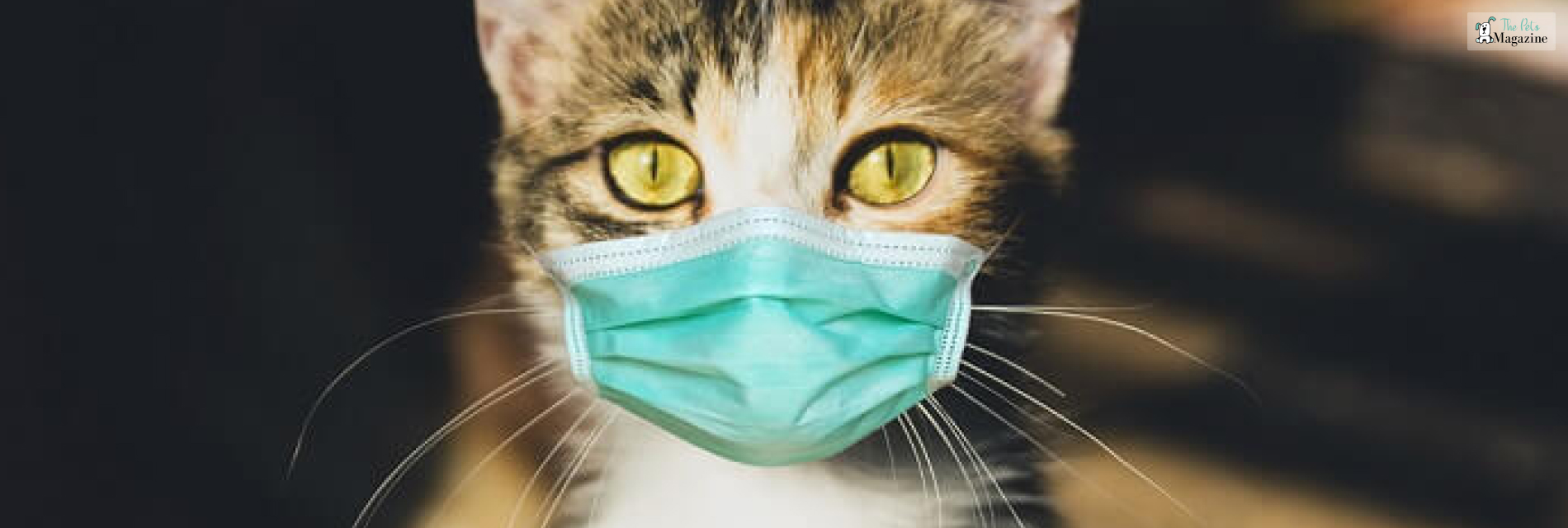
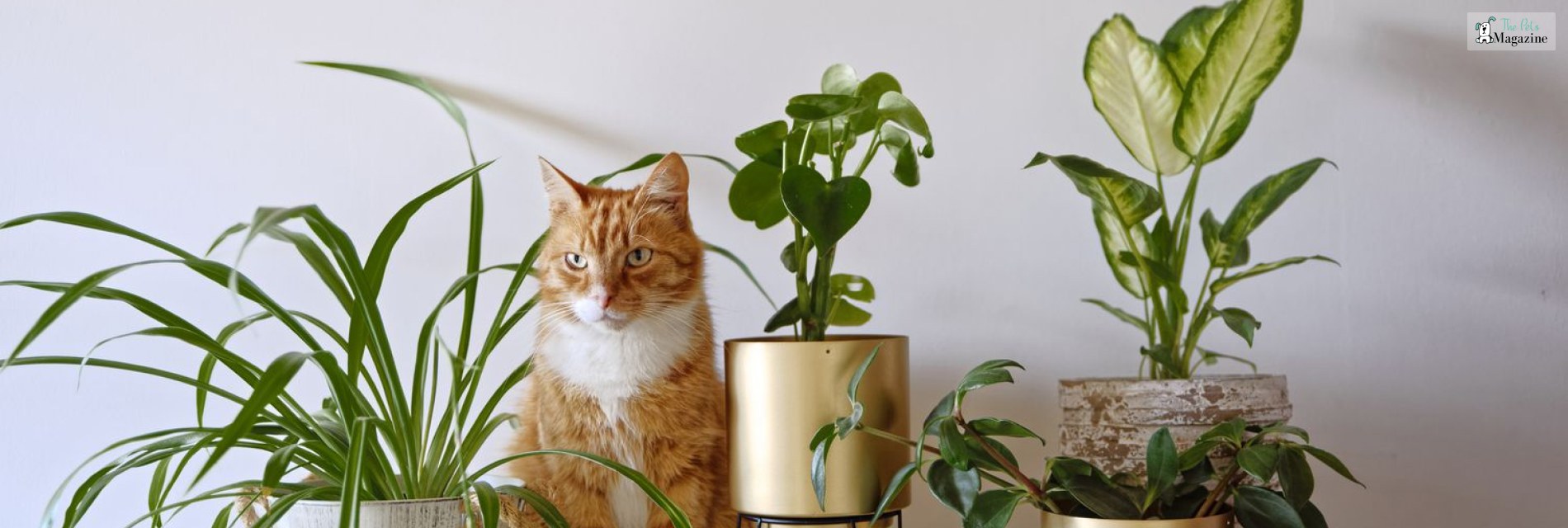
Leave A Comment